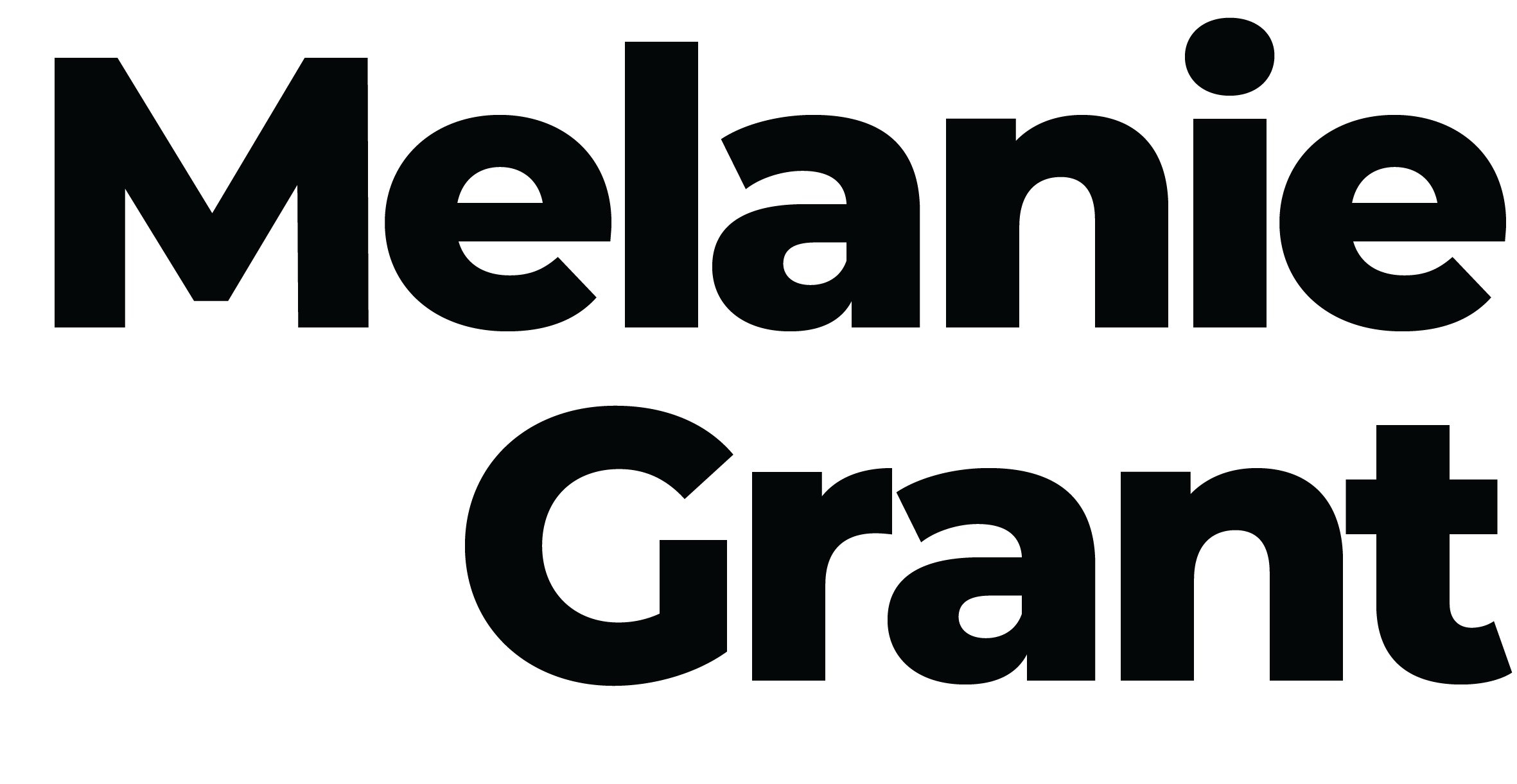Chemical Sunscreen is a variant of sunscreen that employs chemical agents to protect against the sun. Chemical agents absorb UV light within the skin and dissipates it as heat energy. Chemical sunscreen is the preferred choice for most skin types especially blemish probe, congested, dehydrated, dry and mature skin types. It sits nicely under make-up, too.
Physical Sunscreen is a variant of sunscreen that works like a surface layer, coating the skin to physically deflect, scatter and block the UV light from skin. Physical sunscreens are best suited to those that struggle with sensitivity, inflammation and redness as no heat is absorbed into the skin.
UVA/UVB protection: The sun emits two types of rays: Ultra Violet A and Ultra Violet B. UVA rays are responsible for the premature ageing of skin, while UVB rays are what cause sunburn and skin cancer.
Broadspectrum protection: Broadspectrum refers to sunscreen that offers protection from both UVA and UVB radiation. Legally, a broadspectrum product must provide UVA protection that is proportional to it’s UVB protection to pass strict sunscreen regulations. It is crucial to opt for a sunscreen that offers protection from both UVA and UVB radiation.
Aerosol sunscreen refers to sunscreen that is applied in the form of a spray. It has become increasingly popular due to it’s ‘simple’ means of application, however I advise against using these. Uneven, sloppy, incorrect and under application is far too easy.
SPF: SPF denotes the sun protection factor of a product. Simply put, it refers to the percentage of UVB rays blocked by sunscreen. SPF15+ allows you to be in the sun 15 times longer than it would normally take for you to burn without sunscreen, and so on.
